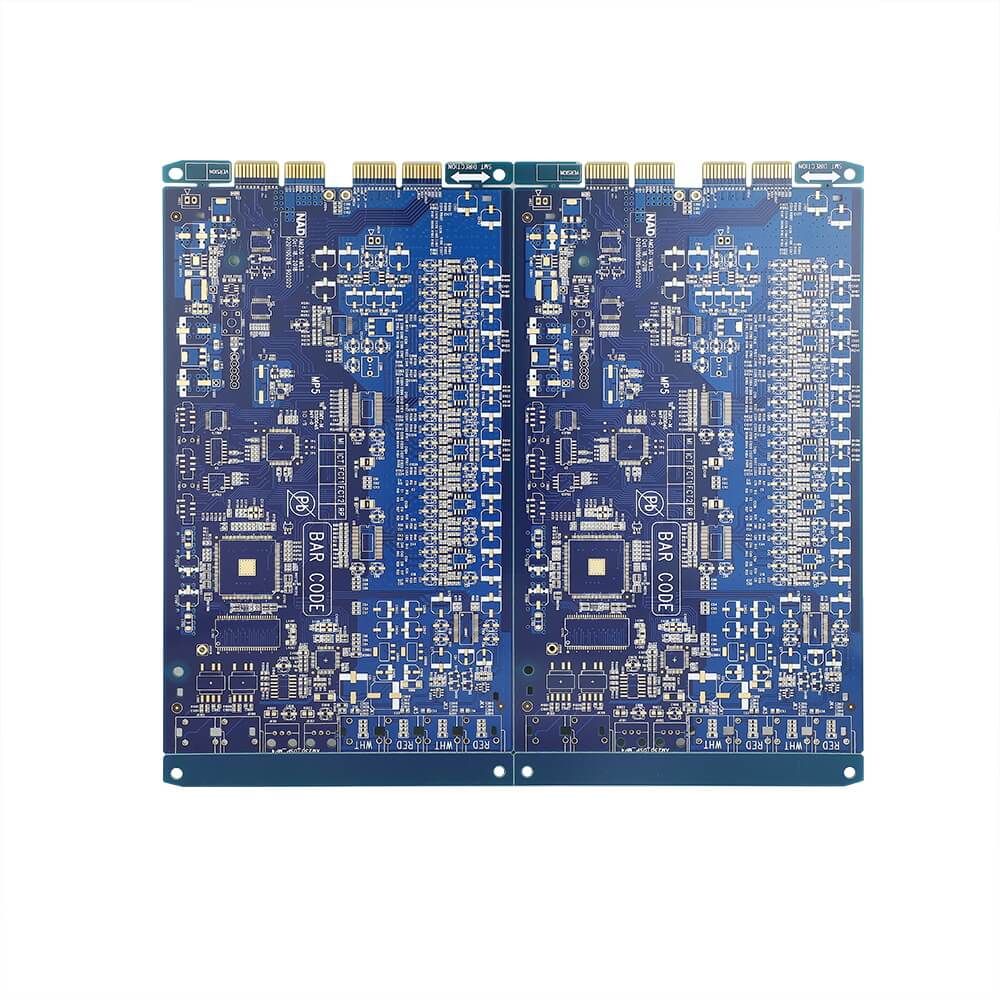The Importance of Thermal Management for Double-Sided PCBs

Double-sided printed circuit boards (PCBs) are widely used in various electronic devices due to their compact size and high functionality. However, the tight arrangement of components on both sides of the PCB can lead to significant heat generation. This can cause various issues such as signal interference, component failure, and reduced overall performance. To ensure the reliable operation and longevity of double-sided PCBs, effective thermal management strategies must be employed.
1. Strategic Component Placement
Proper component placement is crucial for efficient thermal management in double-sided PCBs. By considering heat-generating components and their proximity to each other, you can minimize heat accumulation and enhance heat dissipation. Grouping high-power components together and placing them away from heat-sensitive components can help prevent thermal hotspots.
2. Effective Heat Sinks
Heat sinks are widely used in electronic devices to dissipate excess heat. For double-sided PCBs, heat sinks can be attached to components on both sides using thermal adhesive or mechanical fastening methods. By selecting an appropriate heat sink design and material, you can enhance heat dissipation and ensure proper cooling of critical components.
3. Optimized PCB Layout
An optimized PCB layout is crucial for efficient thermal management. By considering the thermal conductivity of the PCB material, you can design efficient heat conduction paths. Placing power planes close to heat-generating components, using thermal vias, and incorporating copper pours in critical areas can help dissipate heat effectively and minimize temperature rise.
4. Active Cooling Techniques
In some cases, passive cooling methods may not be sufficient to dissipate heat from double-sided PCBs. Active cooling techniques such as fans or liquid cooling systems can provide additional cooling capacity. Integrated heat pipes or vapor chambers can also be utilized to transfer heat away from hotspots efficiently.
5. Thermal Analysis and Simulation
Thermal analysis and simulation tools enable designers to evaluate the thermal performance of double-sided PCBs before manufacturing. By conducting thermal simulations, potential hotspots and areas of concern can be identified, allowing for design optimization and the implementation of effective thermal management solutions.
In conclusion, thermal management plays a critical role in ensuring the reliable performance of double-sided PCBs. By strategically placing components, utilizing effective heat sinks, optimizing PCB layout, employing active cooling techniques, and conducting thermal analysis, you can significantly enhance the thermal dissipation capabilities of double-sided PCBs. Implementing these strategies will result in improved performance, increased reliability, and extended lifespan of electronic devices utilizing double-sided PCBs.

